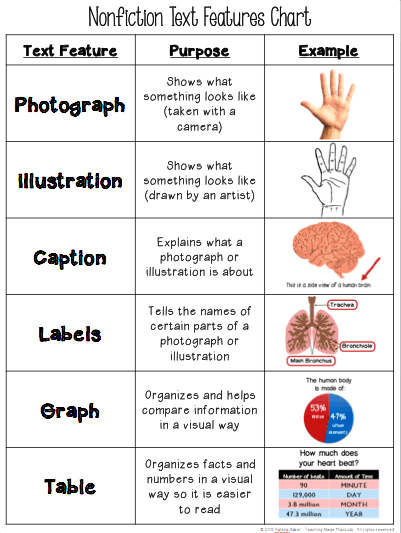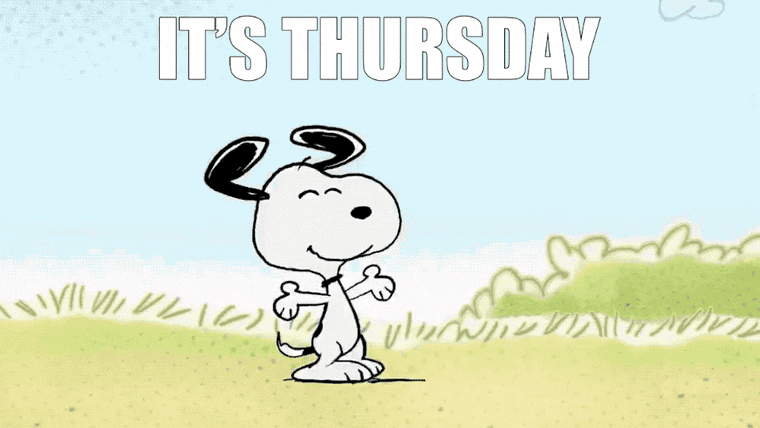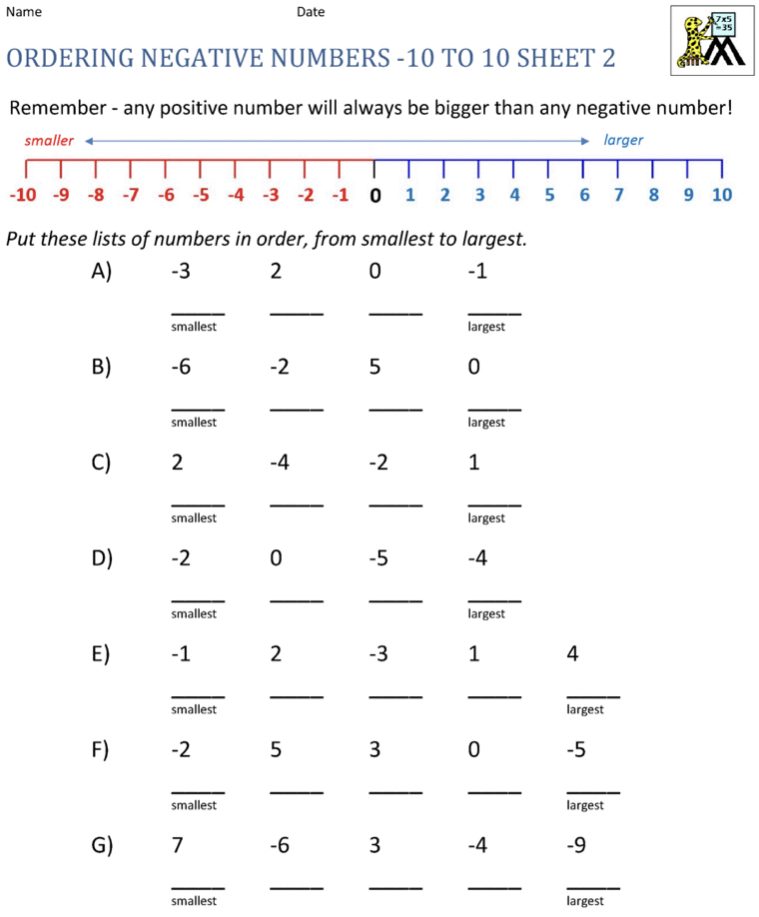Good morning everyone! I hope that you all have had a fantastic week so far. Remember that there are lots of options for keeping active at home; you could join in with Joe Wickes, dance along with a GoNoodle routine or JustDance on Youtube, cross off another few boxes on P.E. bingo or go on a walk with someone in your house. 🏃⚽️
Literacy:
Today for our literacy task we will be looking at inverted commas (also known as speech marks). When you are writing, speech marks go before and after direct speech, surrounding what was said.
Thursday 14th May
Direct Speech
I can use inverted commas effectively.
Warm Up:
We watched this clip in class, but it is really helpful to remind us of how to use speech marks. https://www.youtube.com/watch?v=6-YFmLctwDY
So, when using speech marks, the general rules are:
✓ If the person speaking changes, each new character’s speech starts on a new line.
✓ The words spoken are surrounded with speech marks – they come just before the speech starts and just after the speech has ended.
✓ Each line of speech starts with a capital.
✓ A comma separates the speech from the rest of the sentence.
✓ Punctuation, such as question marks, full stops and exclamation marks go inside the speech marks.
✓ A reporting clause is used at the end (said Jane, shouted Paul, replied Mum).
✓ A full stop goes after the reporting clause.
For example:
Main Task:
Activity 1: Add the Speech Marks
Rewrite the following sentences, adding in the speech marks.
Activity 2: Where is the Error? 🌶
Identify the errors in each sentence and correct them. Remember the general rules written above.
- Jamie asked his dad, where are my shoes.” (3 errors)
- “I often forget to tie my laces before I leave the house. Ruby admitted shyly (3 errors)
- Walter exclaimed “tap your nose softly and pat your shoulder quietly.” (3 errors)
- “Polly, how do I open this cupboard so I can feed the birds, Brenda asked loudly (3 errors)
Activity 3: Create a Sentence
Change these examples of reported speech into direct speech. For example: Her friend Lucy asked if she was going to the carnival. That sentence could become “Are you going to the carnival this weekend?” asked Lucy.
- She asked whether she could go to see the butterfly exhibition.
- The policeman asked the woman whether she had seen the robber’s face.
- His mum shouted at him to tidy his room.
Extension:
Write a short conversation between two characters. Remember that you must take a new line each time the character speaking changes.
Maths
Warm Up: Mental Maths
- Partition 55,439
- Round 7,312 to the nearest 10.
- If I spend £8.21, what change should I expect from £20?
- Divide 4,500 by 100.
- 6 x 6 = ?
- What is half of 162?
- What number is 5 after 3,567?
- If I save £2.50 for 5 weeks, how much have I saved in total?
- I think of a number, then subtract 10. My answer is 112. What number did I start with?
- Calculate 17 + 4 + 15
- What is double 39?
- Continue the sequence: 8,777 8,775 8,773 8,771 _____
- Using ><, compare these numbers: 32,490 ____ 32,690
- What is 1,000 subtract 230?
- If the time is quarter past 1, what was the time 2 hours ago?
- What is 45 shared between 9?
Main Task: Six Times Table
14.05.20 Multiplying by 6
I can build up my knowledge of table facts.
Activity 1: Supermovers
Let’s revise our knowledge of the six times table today. Start by joining in to the Supermovers song! https://www.bbc.co.uk/teach/supermovers/ks2-maths-the-6-times-table-with-fred-the-red/zrq3xyc
Activity 2: Missing Number
| 1. 6 x 10 = _____ | 13. _______ x 6 = 36 |
| 2. 6 x 4 = _____ | 14. _____ x 6 = 12 |
| 3. 7 x 6 = _____ | 15. 6 x _____ = 42 |
| 4. 2 x 6 = _____ | 16. _____ x 6 = 6 |
| 5. 6 x 5 = _____ | 17. _____ x 6 = 66 |
| 6. 1 x 6 = _____ | 18. _____ x 6 = 54 |
| 7. 6 x 9 = _____ | 19. 6 x _____ = 18 |
| 8. 6 x 8 = _____ | 20. 6 x _____ = 72 |
| 9. 3 x 6 = _____ | 21. _____ x 6 = 30 |
| 10. 0 x 6 = _____ | 22. 6 x _____ = 48 |
| 11. 6 x 6 = _____ | 23. _____ x 6 = 24 |
| 12. 12 x 6 = _____ | 24. _____ x 6 = 60 |
Activity 3: Factor Pairs
- _____ x _____ = 12
- _____ x _____ = 24
- _____ x _____ = 36
- _____ x _____ = 72
- _____ x _____ = 42
- _____ x _____ = 6
- _____ x _____ = 18
- _____ x _____ = 48
- _____ x _____ = 60
- _____ x _____ = 30
- _____ x _____ = 54
- _____ x _____ = 66
Activity 4: Sequences
Complete the sequences in your jotters.
- 6, 12, 18, ____, ____, 36
- 72, ____, ____, 54, 48
- ____, 24, ____, 36
- 36, 42, ____, ____
Traffic Light today’s work and leave a comment to say how you found multiplying by 6 today. 🚦
Extension:
There are lots of six times table activities on the following website: https://www.timestables.co.uk/6-times-table.html (the games work on tablets and mobile phones too!).
Alternatively, work on your speed and accuracy on Hit The Button: https://www.topmarks.co.uk/maths-games/hit-the-button
Or the Daily 10: https://www.topmarks.co.uk/maths-games/daily10
If you are looking for a boredom buster this is a really great YouTube channel: https://www.youtube.com/channel/UCQ0_JQL4wdQd-Xe5hC4PwTg. They post a new video each weekday. I particularly liked their Mini Makers week! 👍🏼
Enjoy the rest of your day!
Miss Donaldson 📖

















































































































